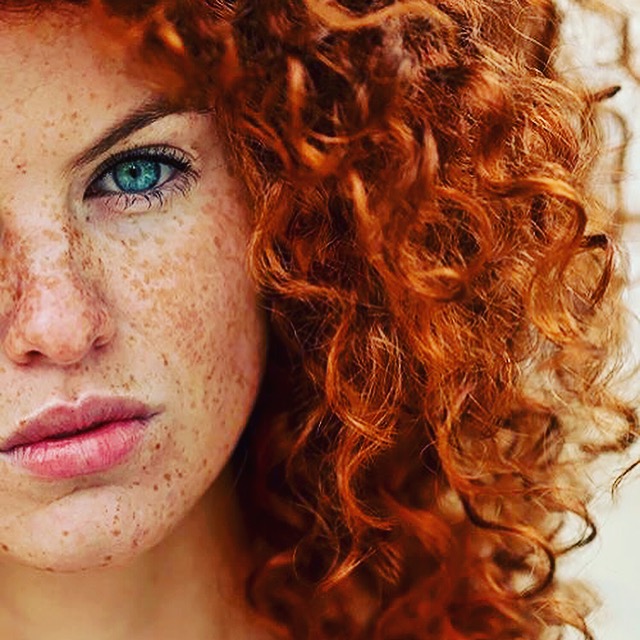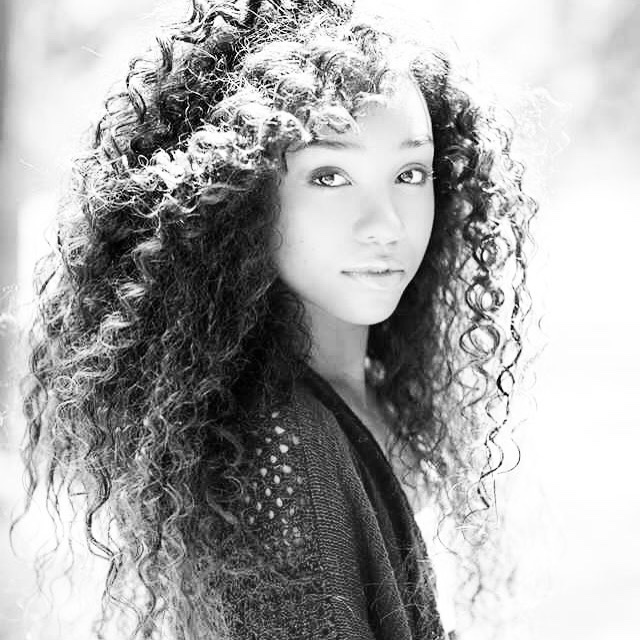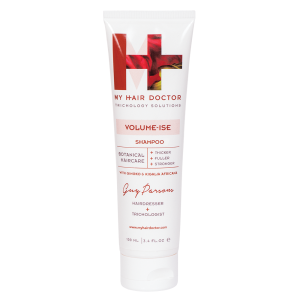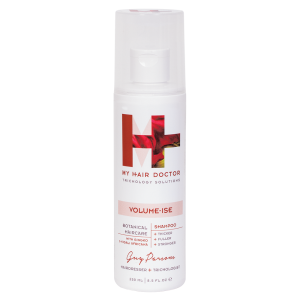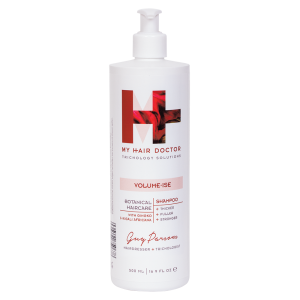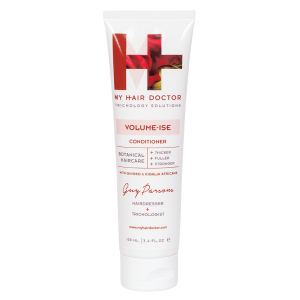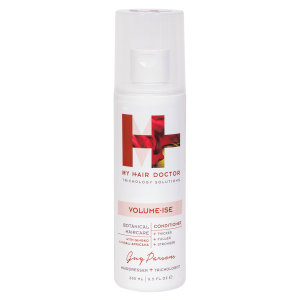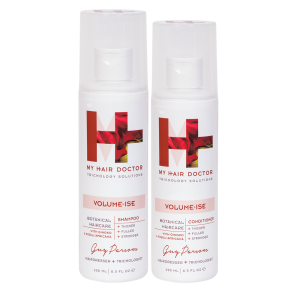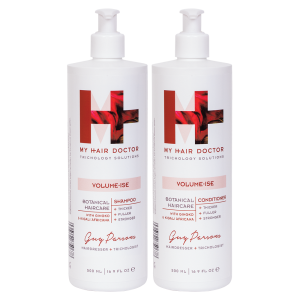Hair Science, Alopecia, Hair Loss Men, Hair Loss Women
THE A-Z OF THINNING HAIR
Why is my hair falling out?
It’s true that men are more likely to lose their hair than women, mostly due to male pattern baldness (more on that later). But thinning hair and hair loss are also common in women, and no less demoralising. Reasons can range from the simple and temporary—a vitamin deficiency—to the more complex, like an underlying health condition. In many cases, there are ways to treat both male and female hair loss. It all depends on the cause. Here are some common and not-so-common reasons why you might be seeing less hair on your head.
 Physical stress
Physical stress
Any kind of physical trauma—surgery, a car accident, or a severe illness, even the flu—can cause temporary hair loss. This can trigger a type of hair loss called telogen effluvium. Hair has a programmed life cycle: a growth phase, rest phase and shedding phase. “When you have a really stressful event, it can shock the hair cycle, (pushing) more hair into the shedding phase,” explains Guy Parsons. Hair loss often becomes noticeable three-to-six months after the trauma.
Pregnancy
 Pregnancy is one example of the type of physical stress that can cause hair loss (that and hormones). Pregnancy-related hair loss is seen more commonly after your baby has been delivered rather than actually during pregnancy. “Giving birth is pretty traumatic experience for the body,” says Guy Parsons. What to do: If you do experience hair loss, rest assured that your hair will grow back in a couple of months. “It’s a normal process and things will return to normal,” says Guy Parsons.
Pregnancy is one example of the type of physical stress that can cause hair loss (that and hormones). Pregnancy-related hair loss is seen more commonly after your baby has been delivered rather than actually during pregnancy. “Giving birth is pretty traumatic experience for the body,” says Guy Parsons. What to do: If you do experience hair loss, rest assured that your hair will grow back in a couple of months. “It’s a normal process and things will return to normal,” says Guy Parsons.
 Too much vitamin A
Too much vitamin A
Overdoing vitamin A-containing supplements or medications can trigger hair loss. The daily recommended intake is 5,000 International Units (IU) per day for adults and kids over age 4; supplements can contain 2,500 to 10,000 IU. What to do: This is a reversible cause of hair loss and once the excess vitamin A is halted,
hair should grow normally.
 Lack of protein
Lack of protein
If you don’t get enough protein in your diet, your body may ration protein by shutting down hair growth. This can happen about two to three months after a drop in protein intake. What to do: There are many great sources of protein, including fish, meat, and eggs. If you don’t eat meat or animal products.
 Male pattern baldness
Male pattern baldness
About two out of three men experience hair loss by age 60, and most of the time it’s due tomale pattern baldness. This type of hair loss, caused by a combination of genes and male sex hormones, usually follows a classic pattern in which the hair recedes at the temples, leaving an M-shaped hairline.
What to do: There are topical creams like minoxidil (Rogaine) and oral medications such as finasteride (Propecia) that can halt hair loss or even cause some to grow; surgery to transplant or graft hair is also an option.
 Heredity
Heredity
Female-pattern hair loss, called androgenic or androgenetic alopecia, is basically the female version of male pattern baldness. “If you come from a family where women started to have hair loss at a certain age, then you may also be more prone to it,” says Guy Parsons. Unlike men, women don’t tend to have a receding hairline, instead their parting may widen and they may have noticeable thinning of hair.
What to do: Like men, women may benefit from minoxidil (Rogaine) to help grow hair, or atleast, maintain the hair you have. Rogaine is available over-the-counter and is approved for women with this type of hair loss.
 Female hormones
Female hormones
Just as pregnancy hormone changes can cause hair loss, so can switching or coming off birth-control pills. This can also cause telogen effluvium, and it may be more likely if you have a family history of hair loss. The change in the hormonal balance that occurs at menopause may also have the same result. “The androgen (male hormone) receptors on the scalp becoming activated,” explains Guy Parsons. “The hair follicles will miniaturize and then you start to lose more hair.”
What to do: If a new “pill” is a problem, switch back or talk to your doctor about other birth control types. Stopping oral contraceptives can also sometimes cause hair loss, but this is temporary, says Guy. Don’t make your problem worse with further colouring treatments or aggressive blowdrying during this time.
Emotional stress
Emotional stress is less likely to cause hair loss than physical stress, but it can happen, for instance, in the case of divorce, after the death of a loved one, or while caring for an aging parent. More often, though, emotional stress won’t actually precipitate the hair loss. It will exacerbate a problem that’s already there, says Guy Parsons. What to do: As with hair loss due to physical stress, this shedding will eventually abate. While it’s not known if reducing stress can help your hair, it can’t hurt either. Take positive steps to reduce your stress and anxiety, like getting more exercise, trying to talk perhaps with a specialist, or getting more support if you need it.
 Anemia
Anemia
Almost one in 10 women aged between 20 – 49 suffers from anemia due to an iron deficiency (the most common type of anemia), which is an easily fixable cause of hair loss. You doctor will have to do a blood test to determine for sure if you have this type of anemia. What to do: A simple iron supplement should correct the problem. In addition to hair loss, other symptoms of anemia include fatigue, headache, dizziness, pale skin, and cold hands and feet.
 Hypothyroidism
Hypothyroidism
Hypothyroidism is the medical term for having an underactive Thyroid gland. This little gland located in your neck produces hormones that are critical to metabolism as well as growth and development and, when it’s not pumping out enough hormones, can contribute to hair loss. Your doctor can do tests to determine the real cause What to do: Synthetic thyroid medication will take care of the problem. Once your thyroid levels return to normal, so should your hair.
 Vitamin B deficiency
Vitamin B deficiency
Although relatively uncommon, low levels of vitamin B are another correctible cause of hair loss. What to do: Like anemia, simple supplementation should help the problem. So can dietary changes. Find natural vitamin B in fish, meat, starchy vegetables, and non-citrus fruits. As always, eating a balanced diet plentiful in fruits and vegetables as well as lean protein and “good” fats such as avocado and nuts will be good for your hair and your overall health.
Autoimmune-related hair loss
This is also called alopecia areata and basically is a result of an overactive immune system. “The body gets confused”. “The  immune system sees the hair as foreign and targets it by mistake.” Says Guy Parsons
immune system sees the hair as foreign and targets it by mistake.” Says Guy Parsons
What to do: Steroid injections are the first line of treatment for alopecia areata, which appears as hair loss in round patches on the head. Other drugs, including Rogaine, may also be used. The course of the condition can be unpredictable, with hair growing back then falling out again. Although in most cases the hair will grow back. Lupus
 Other autoimmune diseases such as Lupus can also cause hair loss.
Other autoimmune diseases such as Lupus can also cause hair loss.
Lupus – “systemic lupus erythematosus” can be difficult to diagnose as it can manifest itself in a way similar to other conditions such as arthritis Again it’s a case of mistaken identity: overzealous immune cells attack the hair. Unfortunately, hair loss of this type is “scarring,” meaning the hair will not grow back.
What to do: If the hair loss is mild, you might want to try a new hairstyle to camouflage the damage. Short hair, for instance, is stronger than long hair and may hide bald patches better.
 Dramatic weight loss
Dramatic weight loss
Sudden weight loss is a form of physical trauma that can result in thinning hair. This could happen even if the weight loss is ultimately good for you. It’s possible that the weight loss itself is stressing your body or that not eating the right foods can result in vitamin or mineral deficiencies. Loss of hair along with noticeable weight loss may also be a sign of an eating disorder such as anorexia or bulimia.
What to do: “Sudden weight loss seems to shock the system and you’ll have a six-month period of hair loss which will eventually correct itself ,” says Guy Parsons, “however, try and
lose the weight by cutting out the things that are bad for you rather than crash diet”.
 Chemotherapy
Chemotherapy
Some of the drugs used to treat cancer unfortunately can also cause your hair to fall out. “Chemotherapy is like a poison to your cells,” says Guy parsons. “It destroys rapidly dividing cells. That means cancer cells, but also rapidly dividing cells like hair.”
What to do: Once chemotherapy is stopped, your hair will grow back although often it will come back with a different texture (perhaps curly when before it was straight) or a different color. Researchers are working on more targeted drugs to treat cancer, ones that would
bypass this and other side effects.
 Polycystic ovary syndrome
Polycystic ovary syndrome
Polycystic ovary syndrome (PCOS)is another imbalance in male and female sex hormones. An excess of androgens can lead to ovarian cysts, weight gain, a higher risk of diabetes, changes in your menstrual period, infertility, as well as hair thinning. Because male hormones are overrepresented in PCOS, women may also experience more hair on the face and body.
What to do: Treating PCOS can correct the hormone imbalance and help reverse some of these changes. Treatments include diet, exercise, and potentially birth control pills, as well as specific treatment to address infertility or diabetes risk.
 Antidepressants, blood thinners, and more
Antidepressants, blood thinners, and more
Certain other classes of medication may also promote hair loss. More common among them are certain blood thinners and the blood-pressure drugs known as beta-blockers. Other drugs that might cause hair loss include methotrexate (used to treat arthritic/rheumatic and some skin conditions), lithium (for bipolar), nonsteroidal anti-inflammatory drugs (NSAIDs) including ibuprofen, and possibly antidepressants. What to do: If your doctor determines that one or more of your medications is causing hair loss, talk with him or her about either lowering the dose or switching to another medicine.
Overstyling
Vigorous styling and hair treatments over the years can cause your hair to fall out. Examples of extreme styling include tight braids, hair weaves or corn rows as well as chemical relaxers to straighten your hair, hot-oil treatments or any kind of harsh chemical or high heat, such as ironing etc. Because these practices can actually affect the hair root, your hair might not grow back. What to do: In addition to avoiding these styles and treatments,I recommend using conditioner after every shampoo, letting your hair air dry, limiting the amount of time the curling/straightening iron comes in contact with your hair and using heat-driven products no more than once a week.
 Trichotillomania
Trichotillomania
Trichotillomania, classified as an “impulse control disorder,” causing people to compulsively pull their hair out. The person is constantly playing and pulling their hair or eye brows and eye lashes. Unfortunately, this constant playing and pulling can actually strip your head ofits natural protection: hair. Trichotillomania often begins before the age of 17 and is four times as common in women as in men. What to do: Some antidepressants may be effective as a last resort, consult your doctor, but behavioral modification therapy is another option.
 Aging
Aging
It’s not uncommon to see hair loss or thinning of the hair in women as they enter their 50s and 60s. Experts aren’t sure why this happens.it is believed the hair reduces slightly in diameter with each growth phase. It is estimated that they are approx. 20 growth phases of a hair during its lifetime.
What to do: ensure you eat a balanced healthy diet, exercise regularly, use supplementation if necessary, use topical lotions to stimulate hairgrowth. As well as this go easy on your hair with styling, blowdrying, colouring and perming etc.
 Anabolic steroids
Anabolic steroids
If you take anabolic steroids—the type abused by some athletes to bulk up muscle—you could lose your hair. Anabolic steroids can have the same impact on the body as polycystic ovary disease (PCOS), as the mechanism is the same. What to do: This should improve after going off the drug.
Volume-ise / Hairfood Active Botanicals


GINGKO
Working with Kigalia and Clary as an original blend of 3 plants acting synergistically and allowing scalp toning and limiting hair loss. They act on factors avoiding hair loss including 5-alpha-reductase inhibition, scalp microcirculation improvement and to decrease inflammation contributing to Seborrhoea (oiliness) which can block scalp follicles inhibiting growth.
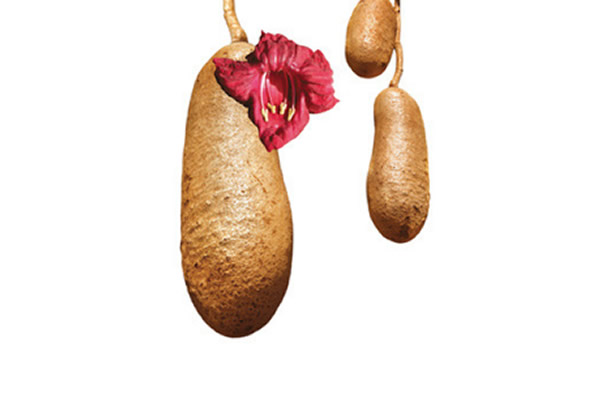

KIGALIA AFRICANA
Working with Gingko and Clary as an original blend of 3 plants acting synergistically and allowing scalp toning and limiting hair loss . They act on factors avoiding hair loss including 5-alpha-reductase inhibition, scalp microcirculation improvement and to decrease inflammation contributing to Seborrhoea (oiliness) which can block scalp follicles inhibiting growth.
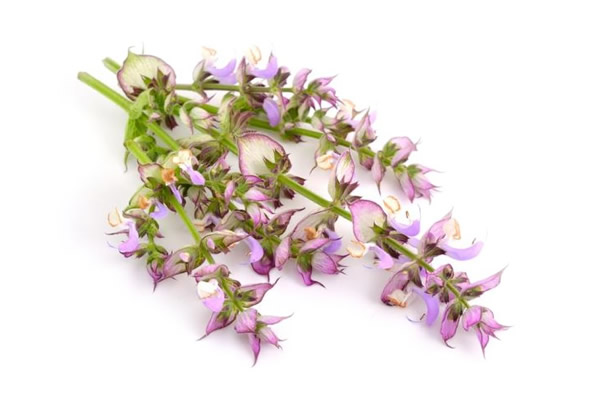

CLARY
Working with Kigalia and Gingko as an original blend of 3 plants acting synergistically and allowing scalp toning and limiting hair-loss. They act on factors avoiding hair loss including 5-alpha-reductase inhibition, scalp microcirculation improvement and to decrease inflammation contributing to Seborrhoea (oiliness) which can block scalp follicles inhibiting growth.
